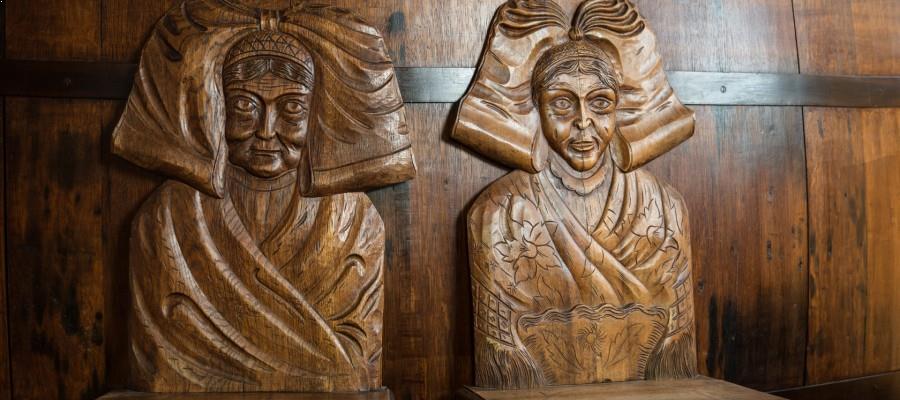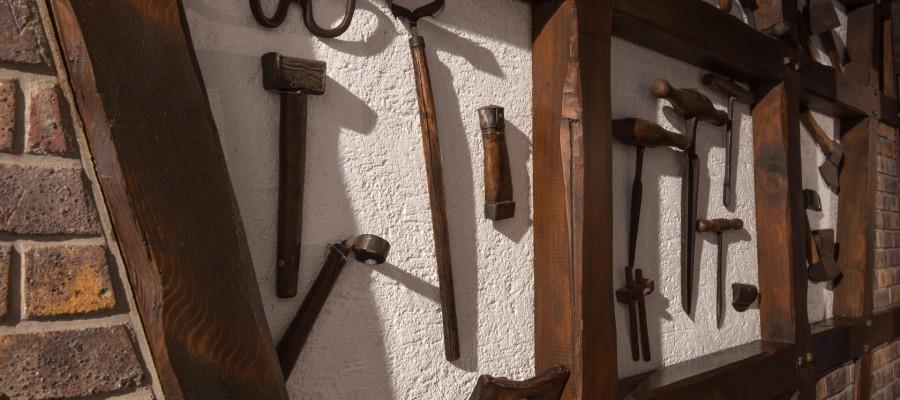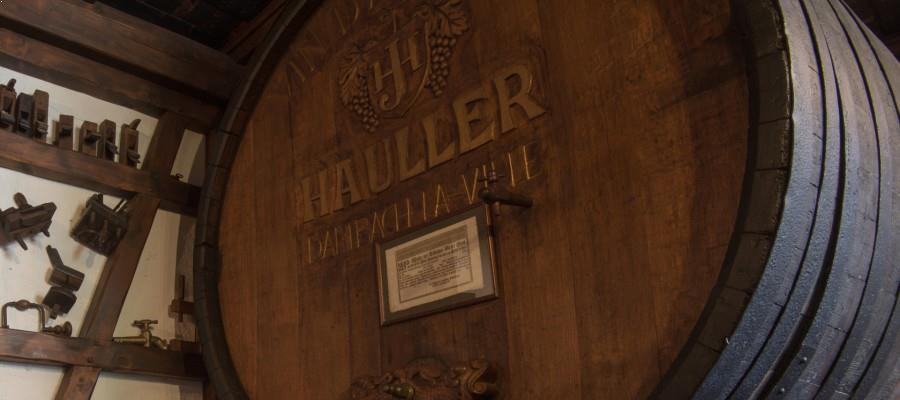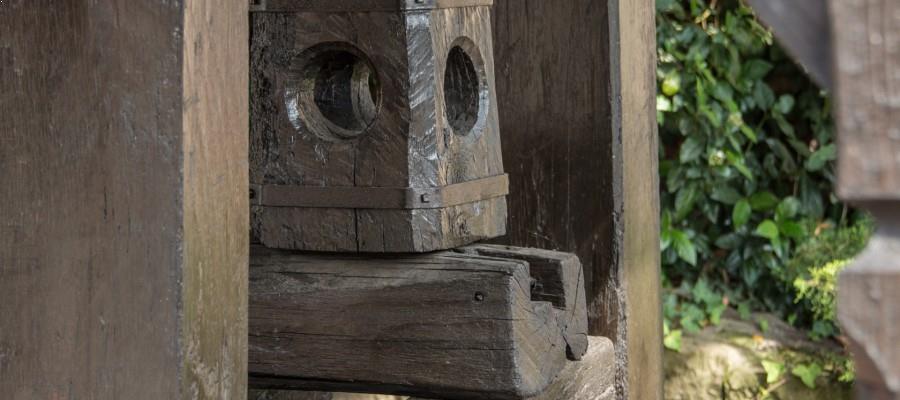History
Alsace and the Route des Vins
The birthplace of Alsatian wines is along the Rhine. This key communications axis, along with the exceptional climate, the geological structure of the valley and the mosaic of terroirs, enabled the development of Alsatian vineyards over the centuries. The famous Route des Vins d’Alsace is a natural consequence born from the ardour of the Alsatian wine growers and the need to develop their heritage. Meandering from north to south through the vineyard covered hills; this journey through the wine country is well worth experiencing. Known worldwide as an exceptional itinerary, it greatly helps understanding of the region and its architectural, cultural and gastronomic treasures.
The village of Dambach-La-Ville and its charming half-timbered houses
Impressive fortified walls protect the medieval settlement of Dambach-La-Ville with its beautiful half-timbered houses which have been built, protected, restored and carefully covered with flowers. The granite stone foundations of the houses make the best cellars; they are temperate and strong, thus suitable for preserving the best wines of Alsace. Before learning more about our wines, take time to browse the alleys and admire the details of traditional Alsatian architecture. The Hauller House is a fine example of this Alsatian architecture, it is next to one of the three fortified towers of the fourteenth century at the entrance of the village and overlooked by the ramparts of the city.
Alsace wine through the ages
The beginnings of Alsatian viticulture are difficult to date. Historians limit it to the early Middle Ages, (the 5th century). The presence of garrisons, especially those forming legionary camps along the Rhine, required wine to be imported from Hispania and later, Narbonne. These needs stimulated the birth of viticulture in the region. It flourished under the influence of the monastic orders during the later Carolingian period. In the Middle Ages, Alsace (or “Aussey” wines as they were known) had a good reputation, they were exported to the Nordic countries via the river Ill and then via the Rhine.Learn more…
Bear ? Did you say Bear ?
Legend tells that a bear came out of the forest to show the villagers that the round, sweet berries were edible. Thus the grape became wine and the Bear became the emblem and mascot of the village. Since then it is found everywhere; on crests, sculptures and even overlooking the fountain. Naturally, this “Epicurean Bear” also became the emblem of the House Hauller.





